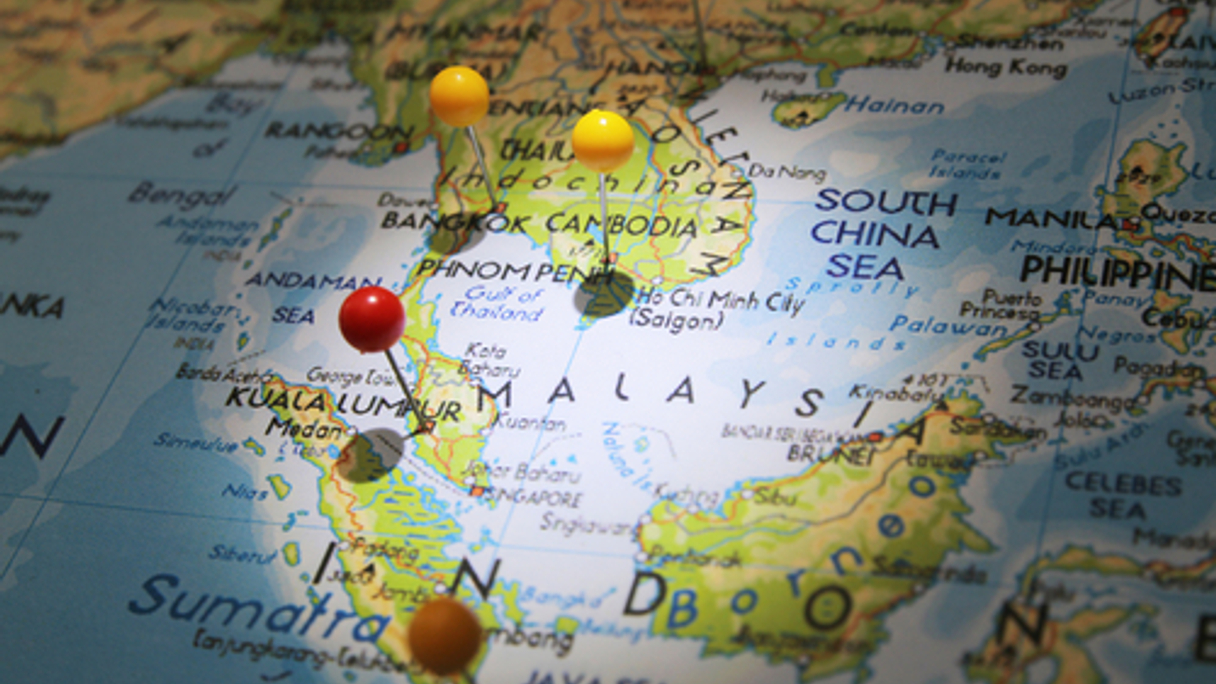As the trade war between China and the US continues, countries in Southeast Asia have increasingly shone, amid positive gepolitical and economic news.
Chinese manufacturers facing tariffs in the US have been quick to move production to Vietnam, Cambodia and Thailand. The trend had initially started as wages rose on the mainland and gathered steam as it became evident that the logjam between the world’s biggest economies wasn’t going to be solved anytime soon, exuberance over the outcome of the G20 summit in Osaka on June 28 and 29 notwithstanding.
The Southeast Asia region has other appeals too, not least its so-called 'demographic dividend', with most countries in the region possessing youthful populations that can work for decades to come.
The economic output of Southeast Asia and India is expected to grow by 5.2% and 7.3% on average between 2019 and 2023, faster than the growth rate in 2012-2016, according to the Organisation for Economic Co-operation and Development.



